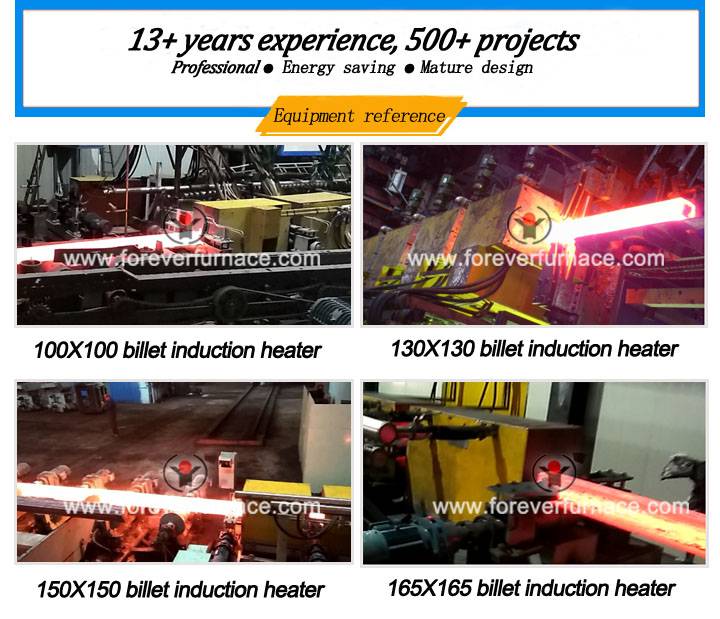What is metal surface Heat treatment furnace? What is the overall Metal heat treatment of metal? What’s the difference between metal surface heat treatment and metal overall heat treatment? Today, the mechanical and electrical minor is with you to understand the beauty of this.

First, surface heat treatment is a metal heat treatment technology that only heats the surface of the workpiece to change the mechanical function of the surface. In order to heat only the surface of the workpiece without too much heat coming into the interior of the workpiece, the heat source used must have a high energy density, that is, a large amount of heat energy should be given to the workpiece per unit area, so that the surface or part of the workpiece can reach the high temperature in a short time or instantly. The first methods of external heat treatment are flame quenching and induction heating heat treatment, commonly used heat sources such as aerobic acetylene or propylene oxide flame, induced current, laser and electron beam and so on.
Second, the whole heat treatment
1, annealing is to heat the workpiece to the appropriate temperature, according to the data and workpiece scale to select different heat preservation time, and then carry on the slow cooling, the intention is to make the metal internal arrangement arrive or near the equilibrium condition, obtain the outstanding technical function and the application function, perhaps prepare for the further quenching arrangement.
2. Normalizing is to cool the workpiece in air after heating to a suitable temperature. The effect of normalizing is similar to that of annealing, but only the arrangement is finer. It is often used to improve the cutting function of the data, and sometimes to heat treat some parts with low demand as the end heat treatment.
3. Quenching is the rapid cooling in water, oil or other inorganic salt, organic aqueous solution and other quenching media after heating and heat preservation of the workpiece. After quenching, the steel parts become hard, but they become brittle together.
4. in order to reduce the brittleness of steel parts, the quenched steel parts are insulated for a long time at an appropriate temperature higher than room temperature and below 650 ℃ for a long time, and then cooled. This technique is called tempering.

Overseas manager: Tom Wang
Email:tom@foreverfurnace.com
Phone: 0086-13303078975(whatsapp, wechat,line)
Specialist of bar heat treatment furnace in China; Glad to be your business partner in induction heating field.
Post time: 06-27-2019



